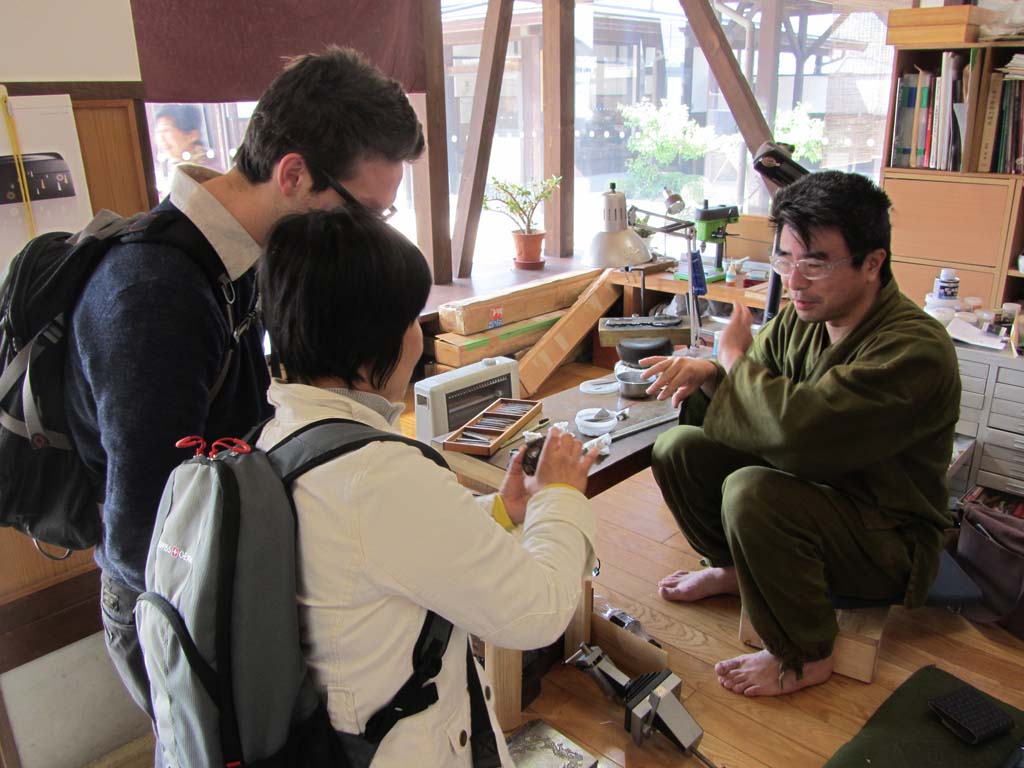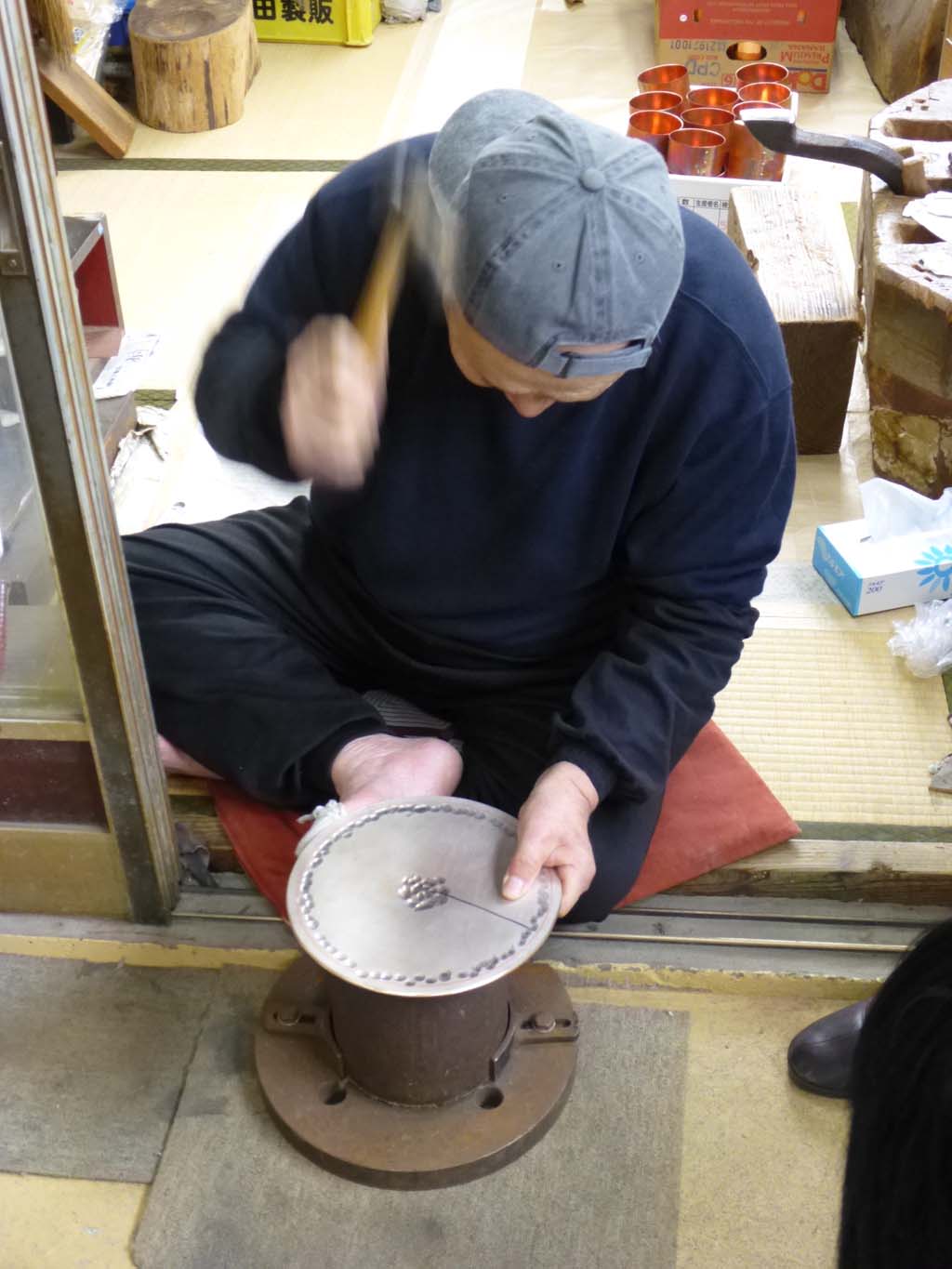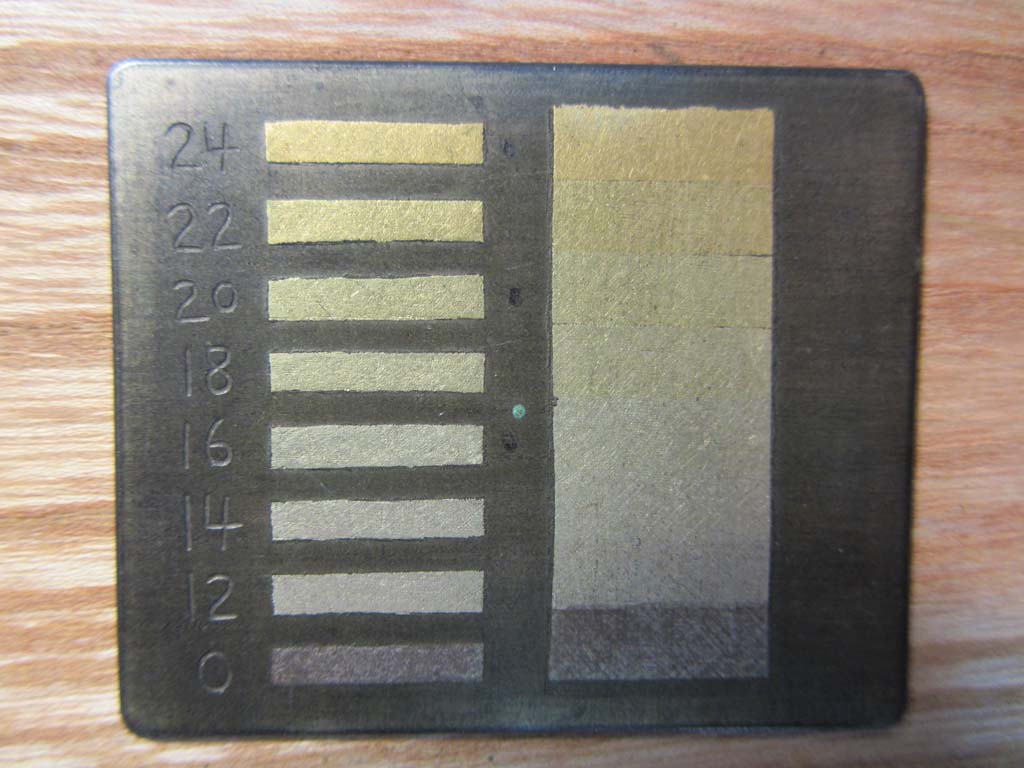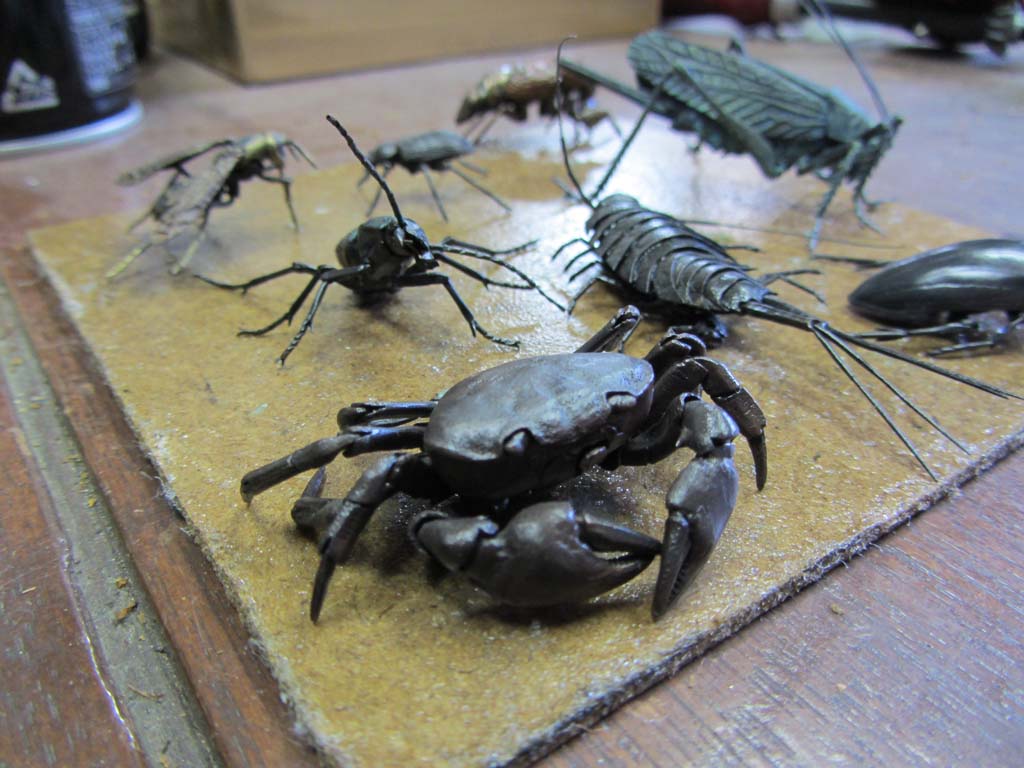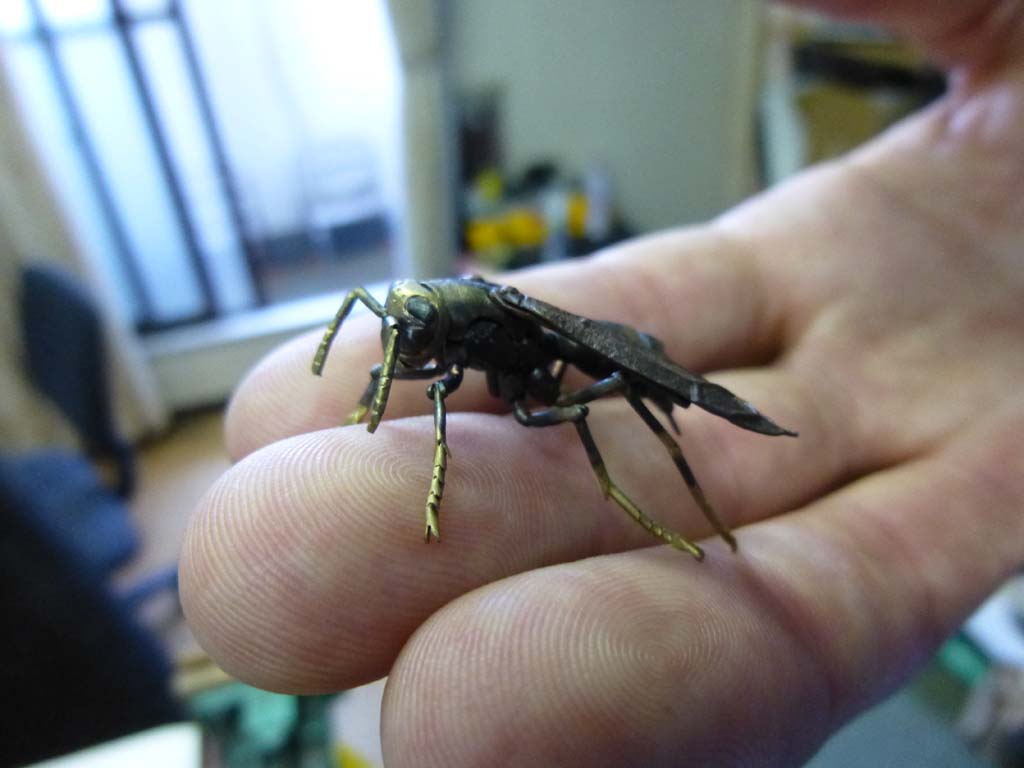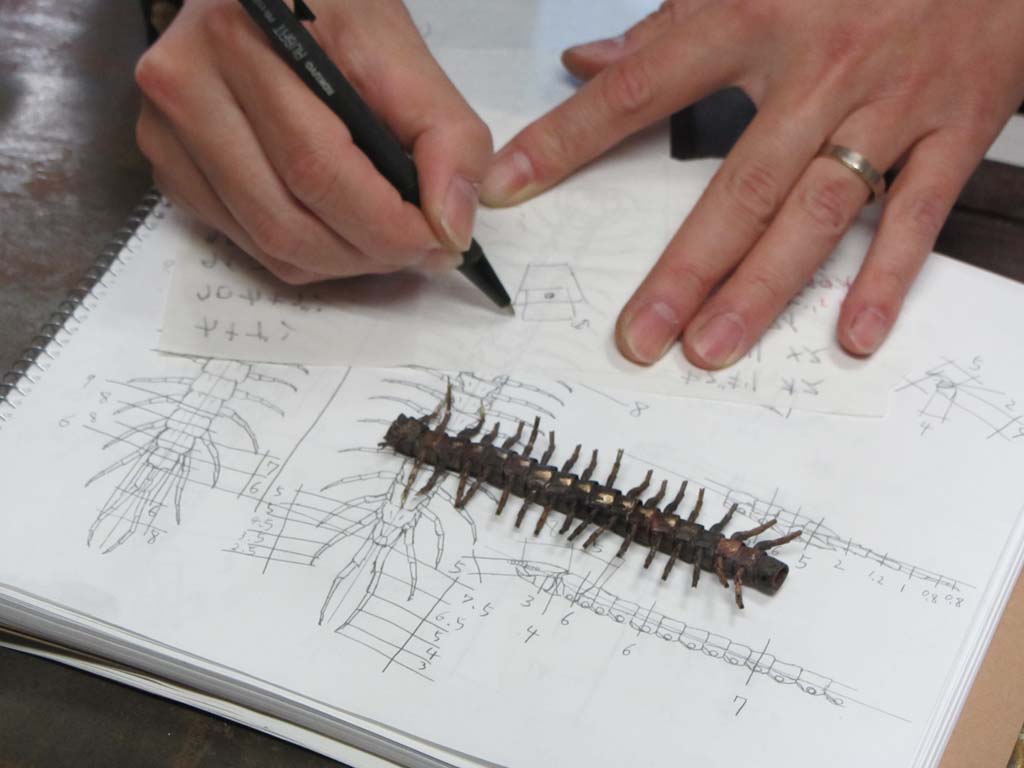Here it is, a month after I left for Japan, and I am finally back, decompressed, and have weeded through the 1000 pictures I took! It was such a wonderful experience to travel in a country halfway around the world and have an opportunity to meet and speak with craftsmen working in traditional ways. Beyond what I ever imagined, these people were all so generous with their time and knowledge, always sharing as much as we wanted to know. On more than one occasion we would plan to meet with an artist thinking that it would be nothing more than a short studio visit, and then hours later, after a meal and at least one cup of tea, we would finally part ways. Thanks so much to Jack for being such an awesome travel companion, and a huge thank you to Hiroko for planning this trip and being so patient with us! If it were just the two of us bumbling Americans, we wouldn't have made it to a tenth of the places we went.
I have way too much to talk about in one post, so I am going to break it down into three main posts: Artists, Food, and Tools. This first one is just going to be about some of the artists we met with, and if possible, links to more of their work. Enjoy!
One of the early stops on the trip was a visit to the Bizen Osafune Japanese Sword Museum in Okayama-ken. The museum not only had an exhibition area, but it also had craftsmen working full time, recreating, repairing, and working on their own swords. It ended up being a really educational visit. When we arrived, one of the craftsmen was just finishing forge welding a billet for a sword and took a break to talk about his process with us. We later caught up with him and he showed us how the finished swords are scraped and then polished. Another craftsman was working on repairing an antique sword. He showed us some of his work, which was primarily inlay and engraving.
http://www.city.setouchi.lg.jp/~osa-token/english/index.htm
When we headed north, Hiroko contacted Nishikata Ryota to see if he was available for a studio visit. None of us had ever met Ryota, but he responded enthusiastically and soon picked us up at the train station. Ryota and his father, Nishikata Tadashi have a studio in Tsubame where they produce a line of hollowware as well as have their own studio practices. Their family is especially known for a really electric blue patina you can see in some of their work. I can't thank Ryota enough for all that he shared with us and the connections he made for us.
A large copper sculpture that Ryota made during his graduate studies. This is about 3 feet across.
Yoshirou Uemo was probably one of the most memorable people of the trip. A very boisterous 74 year-old, Uemo-san glady showed us his work and studio. We ended up visiting him because Ryota had studied under him for a time to learn his style of raising teapots. Uemo-san had an incredible collection of work he had made over the years that showed his true mastery in raising mokumé gane vessels, two spouted silver teapots, and shibuichi . In his studio he demonstrated how he raises 5mm thick discs of shibuichi into large bowls. He only started doing this five years ago! It was so inspiring to see Uemo-san swing his hammer as hard as ever and make such beautiful work at his age.
We travelled south to Kumamoto and visited a shop that specializes in damascene. Yuji Osumi is the shop owner and gave us a short tutorial of how this technique is done, and even let us try our hands at it! This is considered Kumamoto style damascene and it is a process of using an upright chisel to cut a grid into iron (similar to the texture on a file), and then inlay high karat gold or fine silver into the texture.
Kazuo Kashima is a damascene master who lives in Tokyo. This is different from the Kumamoto style damascene that we saw in the south of Japan in a couple of ways. One is that the style of this technique allows you to not only inlay into iron, but into precious metals as well. Kashima-san primarily uses this technique to decorate vessels. He had an incredible amount of samples to show us, including a box full of very impressive chasing and repoussé.
We met Hiroki Iwata in Tokyo where he showed us his studio and work. Mr. Iwata is a professor at a university outside of Kyoto where he teaches for the metalsmithig program. His work is primarily enameled hollowware. He achieves some extremely beautiful surfaces and textures through the use of foil and enamels.
Haruo Mitsuda was one the last craftsmen we visited on our trip, and he completely blew our minds. He is carrying on a Japanese art form of making kinetic creatures (mostly bugs) out of metal, all of them precisely to scale. These things are so unreal...or should I say so real! Every part that you would expect to move, moves. From the details and textures on the exoskeletons, to the way you can flex and bend their wispy antennas, these creates are made with everything considered. My personal favorite was the crab. When you flipped it over, the legs just fell open, just like a crabs would...of course! This was a really inspiring visit for me, making me want to continue pushing myself and always doing the best I possibly can. Definitely check out more of his work down below.
We had a really incredible opportunity to tour the Gyokusendo workshop in the Niigata prefecture. Gyokusendo has been producing hollowware for the past two hundred years. They primarily make wares for tea ceremonies. Tatsushi Tamagawa was kind enough to take us on an extensive tour of their workshop. On the floor we got to see craftsmen raising, engraving, and prepping material. He took us to the back where they do all of their tinning, both function and decorative, and where they patina and wax all the products. Finally we got to see the showroom and had a chance to appreciate all their beautiful wares.
Be sure to check back for more posts about Japan as well as some progress shots as my studio is coming along!



